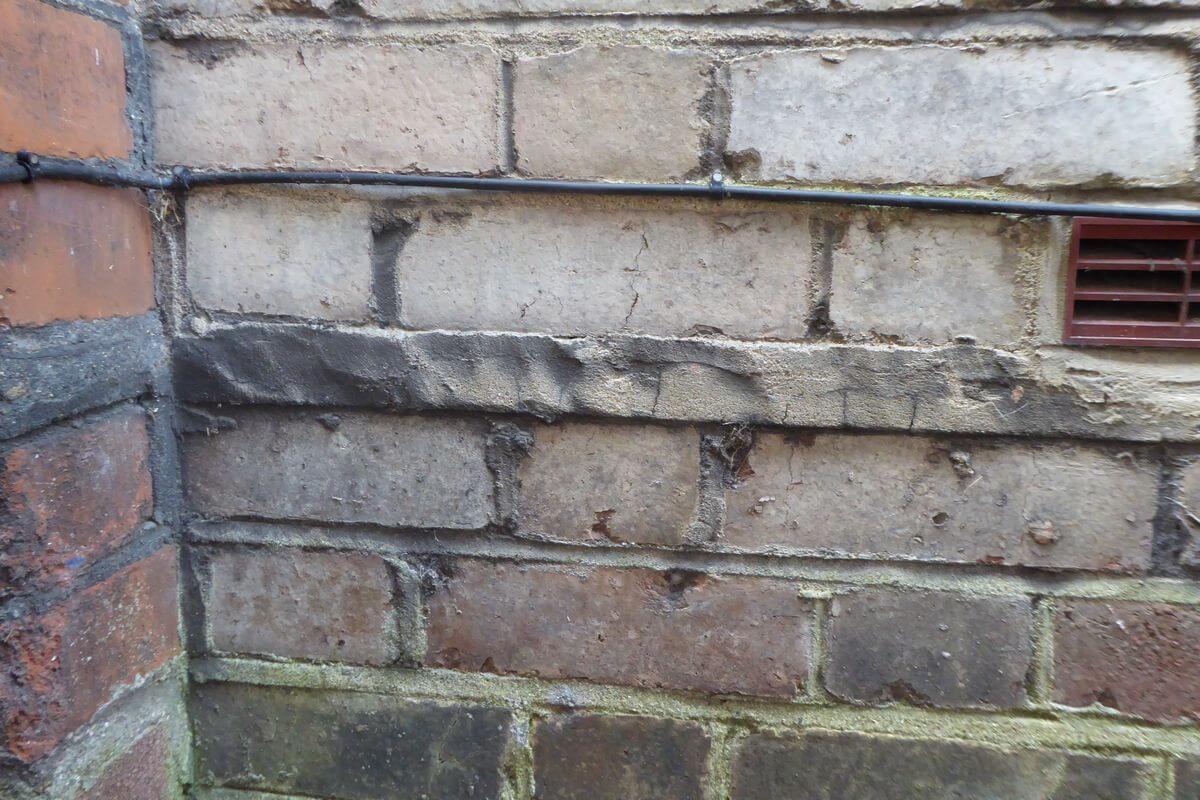
Maintaining the integrity and preserving the character of older homes is a significant concern for homeowners. One of the most common challenges faced in older properties is the issue of damp. Damp problems can stem from various sources, including rising damp, penetrating damp and condensation. But if left unchecked, these issues can wreak havoc on the building’s fabric, compromising its structural stability and potentially creating an unhealthy living environment.
Understanding Damp Problems in Older Properties
Traditional homes, with their rich history and unique architectural character, are often susceptible to damp problems due to a combination of factors. Damp can manifest in various forms, each with its own set of causes and implications.
One of the most common types is rising damp, which occurs when moisture from the ground is drawn up through the porous materials of the building’s foundation and lower walls through capillary action. This can lead to unsightly tide marks, crumbling plaster and even structural damage over time.
Another prevalent issue is penetrating damp, which arises when water seeps through cracks, defective roofs or porous masonry. This type of damp can be particularly problematic in older buildings, where original building materials may have degraded or been improperly maintained. Condensation, caused by inadequate ventilation or insulation, can also contribute to damp problems, leading to mould growth and potential health hazards.
Identifying and addressing damp problems in a property is crucial not only for preserving the integrity of historic buildings but also for ensuring the wellbeing of their occupants. Neglecting these issues can lead to costly repairs and potentially jeopardise the character and value of the property.
How Does Slate Damp Proofing Work?
One of the most effective and historically sympathetic solutions for addressing damp problems in traditional homes is the installation of slate damp proof courses (DPCs). These specialised courses, made from high-quality slate, act as a barrier to prevent rising damp from penetrating the building’s walls.
Slate DPCs offer several advantages over modern alternatives, particularly in the context of older homes. Firstly, slate is a natural, durable material that has been used in construction for centuries, making it an ideal choice for preserving the authentic character of historic buildings. Additionally, slate is highly resistant to moisture, ensuring long-lasting protection against damp.
When considering the installation of slate DPCs, it’s crucial to thoroughly assess the extent and severity of the damp issues within the property. This typically involves a comprehensive inspection by a qualified surveyor, who will diagnose the root causes of the damp and evaluate the suitability of slate DPCs as a solution.
During an inspection of an early 20th Century house, we got a good view of the twin-layer slate damp-proof course that is often found in these older houses. The slate courses are often hidden behind a low-level rendered plinth or mortar pointing, so it was interesting to be able to see this so clearly. The twin layers of slate are laid into an extra thick mortar bed at a low level in the external brick walls of the house; this acts as a barrier against rising damp.

However, one of the problems with slate is that it is a very rigid material that does not flex and move with the structure over the year, which means it can crack and fracture, allowing moisture to rise up in the wall. Modern houses often use a plastic membrane which is much more pliable and allows for movement in the structure. It’s important to consult with professionals to ensure that slate DPC is the best choice for your property.

Maintenance and Aftercare
While the installation of damp proof courses is a crucial step in addressing damp issues, ongoing maintenance and aftercare are equally important to ensure long-term effectiveness. Proper maintenance not only preserves the integrity of the DPCs but also helps prevent the recurrence of damp problems in the future.
After the installation process is complete, it is essential to monitor the property closely for any signs of residual or recurring damp. This involves periodic inspections by a professional or vigilant observation by the property owner – early detection of any potential issues can allow for prompt intervention and prevent further damage.
Ventilation and humidity control also play a vital role in maintaining a healthy indoor environment and preventing condensation-related damp problems. The property might require ventilation systems to be installed or using dehumidifiers in damp areas to remove excess moisture and ensure adequate air circulation throughout the property.
By adhering to a comprehensive maintenance and aftercare plan, property owners can safeguard their investment and ensure the long-term preservation of their period home’s integrity and character.
